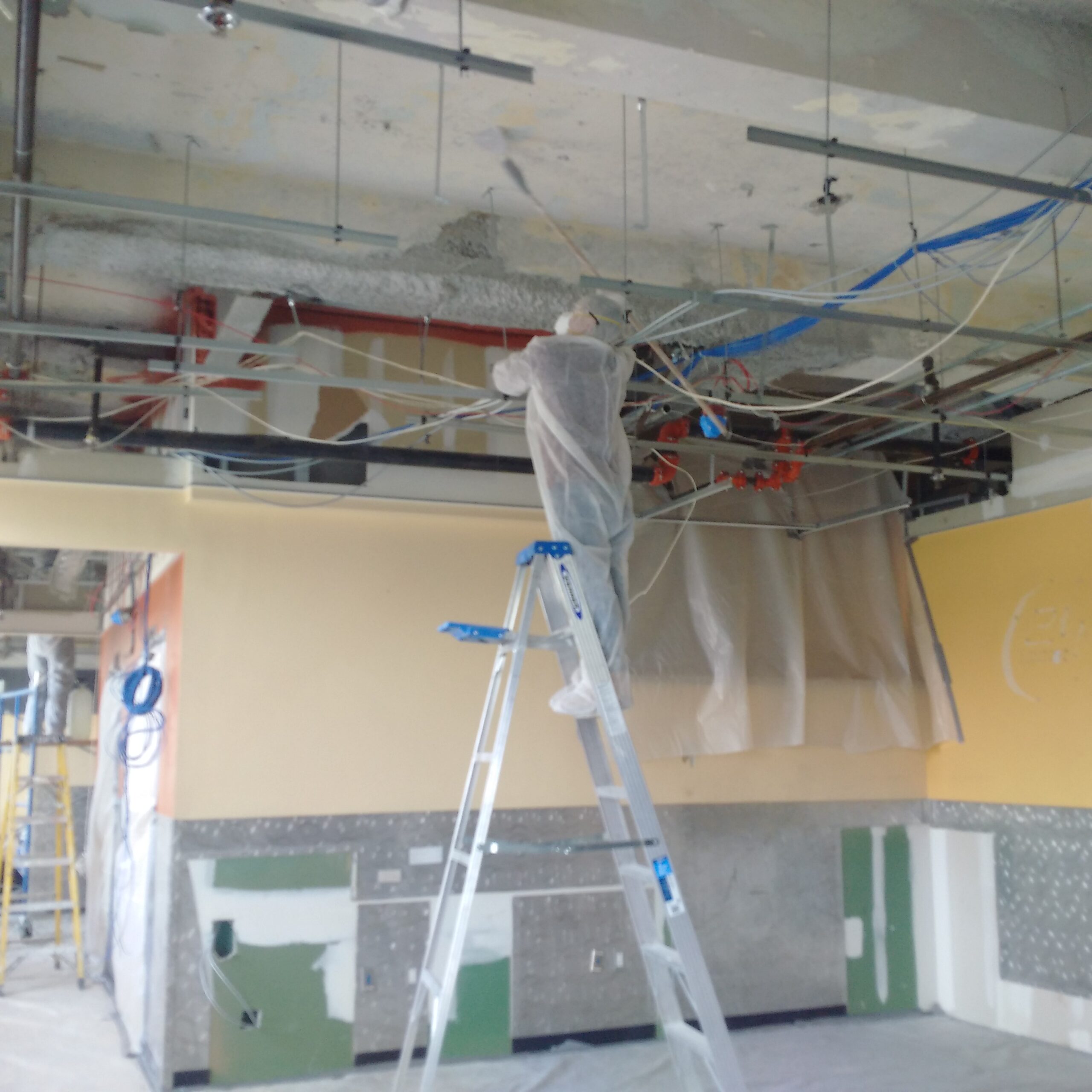Trusted DOH & HPD Lead Violation Removal in NYC-- Protect Your Home
Wiki Article
Essential Tools and Strategies for Efficient Lead Offense Clean-up
Dealing with lead violations successfully demands an extensive strategy that blends the right devices with critical approaches. Simultaneously, the usage of specialized cleanup devices, such as HEPA vacuum cleaners and lead-specific cleaning agents, is imperative for complete contaminant removal. Efficient control methods, including plastic sheeting and adverse air stress systems, are important to stop the spread of hazardous materials.Personal Protective Equipment
Individual safety equipment (PPE) is a vital element in the efficient management of lead contamination cleanup. The important PPE for lead cleanup includes respirators, protective clothes, gloves, and eye protection.Respirators, particularly those equipped with HEPA filters, are indispensable for filtering system airborne lead particles, preventing breathing. Correct fit and seal checks are vital to guarantee their efficiency. Protective clothes, including coveralls and non reusable matches, stops lead dust from sticking to employees' garments, lowering the threat of additional contamination. Gloves, typically constructed from nitrile or latex, protect the skin from direct call with lead, while safety and security goggles or full-face guards safeguard the eyes from dirt and particles.
In addition, strenuous training on the right usage and upkeep of PPE is important. Employees must be enlightened on donning and doffing procedures to stay clear of contamination. Routine examinations and replacements of PPE parts are necessary to preserve their safety capacities, making sure a secure and compliant clean-up procedure.
Specialized Cleanup Equipment

One more crucial tool is the wet/dry vacuum cleaner, which can properly cleanse up both dust and fluid contaminants. These vacuum cleaners usually come with HEPA filters to give an extra layer of security. Damp wipes or tack cloths are likewise essential for surface area cleaning; they are specifically created to record and hold lead particles, decreasing the danger of spreading out contamination.
For more persistent down payments, specialized lead-removal cleaner are required. These agents are formulated to break down lead fragments, making them simpler to eliminate. Scrub brushes with strong bristles can assist in this procedure, specifically on rough surfaces where lead dirt has a tendency to stick extra highly.
In addition, encapsulants are used to seal lead-contaminated surface areas, avoiding the launch of lead dust. These specialized paints and finishes are created to abide by numerous substratums, supplying a lasting service for lead control.
Efficient Containment Techniques
Effective control techniques are essential in mitigating the spread of lead contamination throughout cleanup tasks. Carrying out robust control methods guarantees that lead fragments do not migrate to untouched areas, thereby shielding both workers and the setting (DOH & HPD Lead Violation Removal NYC).
To boost containment, encapsulants can be related to surfaces that are not being eliminated or disturbed. These specialized layers bind lead dirt, reducing its schedule for resuspension. Additionally, all employees have to put on suitable Individual Protective Tools (PPE), including respirators and non reusable suits, to avoid contamination spread.
Safe Disposal Practices
Guaranteeing secure disposal practices is an essential element in the monitoring of lead contamination cleanup. Correct disposal mitigates the risk of lead returning to the environment and threatening public wellness. The first step is to recognize and segregate lead-contaminated waste from various other click reference materials. Safe control original site using durable, watertight containers is necessary to stop splilling throughout transport.Delivering lead waste calls for adherence to strict standards. Utilizing qualified hazardous waste carriers guarantees that the materials are managed properly. Documents, including manifests outlining the type and quantity of waste, ought to go along with shipments to track the waste from the site of origin to its last disposal destination.
Designated hazardous waste disposal facilities are outfitted to manage lead-contaminated materials safely. These facilities frequently use innovative approaches such as stabilization, solidification, or chemical treatment to counteract the lead before disposal. Landfilling in specialized, lined areas that avoid leachate from polluting groundwater is a typical technique for last disposal.
Routine training for employees entailed in lead waste disposal is crucial to keep safety requirements and prevent unexpected exposure. By sticking to these techniques, companies can significantly decrease the ecological and health and wellness impacts connected with lead contamination.
Regulatory Conformity Tips

Sticking to regulative compliance is vital in the successful execution of lead contamination cleaning. Comprehending and complying with government, state, and regional policies ensures not only the safety and security and health and wellness of people but additionally the legal and monetary well-being of the cleaning organization. The Epa (EPA) sets rigid standards, such as the Lead Renovation, Repair Work, and Painting (RRP) Rule, which mandates correct accreditation and training for contractors handling lead-based tasks.
Compliance begins with a detailed analysis of applicable laws and regulations. Organizations needs to remain upgraded on any legal modifications, which can be helped with via routine training sessions and subscribing to sector updates. Paperwork is one more essential compliance aspect; keeping comprehensive records of all tasks, consisting of inspection reports, employee training logs, and disposal manifests, is vital.
Furthermore, engaging with certified lead assessors or risk assessors ensures that lead hazards are correctly determined and alleviated. Companies should impose making use of Personal Safety Equipment (PPE) and make certain that safety and security protocols are strictly followed. Transparent communication with stakeholders, consisting of staff members, customers, and regulative bodies, will certainly cultivate a society of compliance and liability, ultimately adding to a much safer and much more effective lead clean-up process.
Conclusion
Reliable lead infraction clean-up necessitates the integration of specialized devices and calculated methodologies to guarantee security and efficiency. Using HEPA vacuum cleaners, specialized cleaning agents, and efficient containment techniques such as plastic sheet and negative atmospheric pressure systems is imperative. Personal protective tools (PPE) safeguards employees from exposure, while safe disposal methods and rigorous adherence to regulatory compliance are important for responsibly taking care of contaminated materials. Jointly, these measures dramatically alleviate health dangers and add to a cleaner atmosphere.Report this wiki page